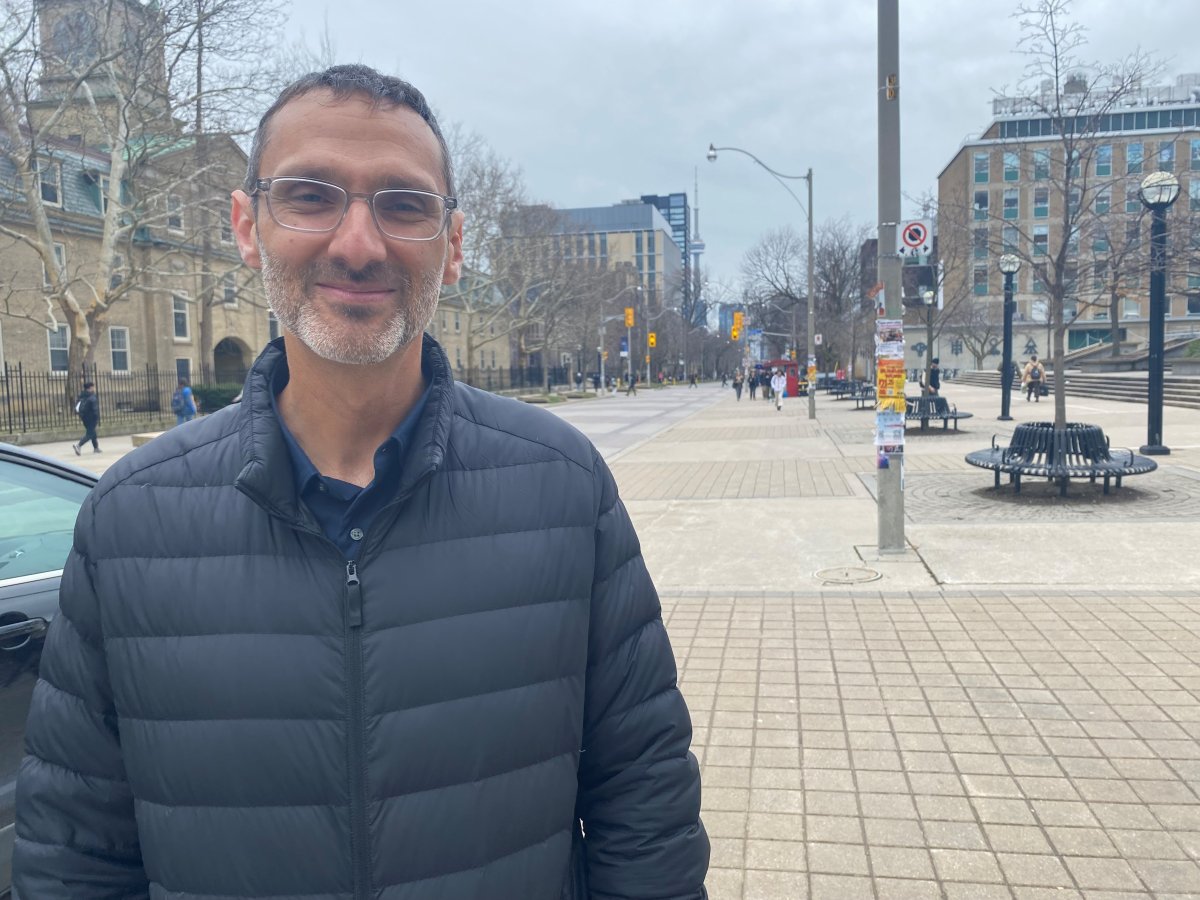With the safety issues on Toronto’s transit system persisting, measures meant to give passengers confidence in an uneventful trip are rapidly becoming a core theme of the city’s mayoral byelection, including the installation of subway safety screens.

Candidate Brad Bradford said the anxiety of passengers is ever present when you travel on TTC subways, especially when you see people hugging the walls to keep back from the platform.
“They’re concerned they might fall or get pushed onto the track,” he said.
Bradford, a sitting Toronto city councillor who officially signed up for the mayoral race, released his transit safety plan. It calls for a boost of safety and security patrols across the TTC, an expansion of a mobile crisis intervention team, and a commitment to make sure cellular service works within the subway network, a promise also made by Ana Bailão.
The most eyebrow-raising element of Bradford’s plan is a promise to build platform edge doors in subway stations, which he said would begin with the busiest stations like St. George, Bloor-Yonge, Finch and Eglinton.

Get breaking National news
“We’re not going to roll it out at every station on day one, but we are going to prioritize our highest-volume stations where there’s the highest ridership activity and where those platform edge doors would make the biggest difference,” Bradford said.
While every station needs to be safe, there is a question of cost. Bradford cited a TTC report issued earlier this year that put a $2 billion price tag on installing the safety screens at every station; he said it would likely cost around $35 million per station, which is why prioritizing the busiest stations is the plan.
Bradford said the money to fund the project would come from the city’s capital infrastructure fund. But with the city forced to go cap-in-hand to upper levels of government, repeating requests for aid to cover pandemic-related costs, the question of cost will be a major one.
Matti Siemiatycki, director of the Infrastructure Institute at the University of Toronto, said retrofitting an existing transit system is extremely expensive and the TTC is already struggling with funding.
“The city beyond it is also in a huge deficit position, so anything that adds funding is going to require cuts somewhere else,” he said.
“What we’ve learned in this city is that transportation proposals made in election season then have to face real scrutiny, and under that scrutiny, they don’t always hold up,” he said.
But the idea isn’t without merit, said Siemiatycki. The doors are effective at not only increasing safety by protecting people from falls or being pushed, but they also prevent delays caused by debris falling or being thrown on tracks resulting in fires.
Still, the installation of the doors would require much more than simply installing barriers. “Things have to be automated so they can stop every time exactly where the door is and that retrofit with aging lines is expensive,” Siemiatycki said. While the TTC has done some of that work on the Yonge line, he said it’s much easier to do the work from scratch than at an existing station.
Bradford said a plan for how the station upgrades would be implemented still needs to be determined, but he was clear that the issue can’t be put off when the need to improve safety is top of mind.
“We’ve spent far too long talking about it, debating it, and not enough time actually delivering,” Bradford said. “People want safe transit, that’s the bottom line.”
- Americans can now renew passports online. Canadians are still waiting
- ‘Deeply ashamed’: Canadian Medical Association apologizes for harms to Indigenous peoples
- Stolen portrait of Sir Winston Churchill one step closer to returning home
- Pablo Rodriguez quits Trudeau cabinet to seek Quebec Liberal leadership











Comments